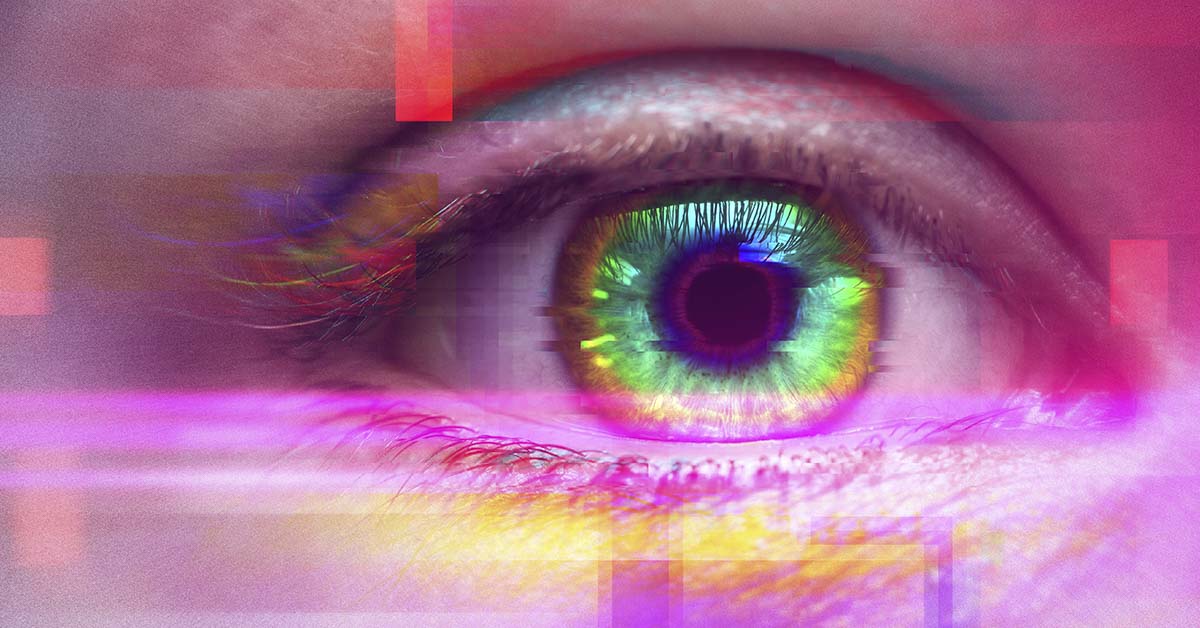Many associate the consumption of LSD with the 1960s counterculture hippie movement. However, it was originally explored for psychiatric use in the 1950s due to its structural similarity to serotonin. LSD was used experimentally for treating various conditions, such as schizophrenia and alcoholism. However, after the counterculture adopted it, it was subsequently classified as a Schedule 1 drug, and research declined dramatically. New research has thrust the drug back into the spotlight recently, though. Scientists have developed a new drug by tweaking the atoms in LSD that can potentially treat schizophrenia.
Why Traditional LSD Wouldn’t Work

While LSD had previously been shown to possess certain brain-healing qualities, its hallucinogenic effects made it unsuitable for treating certain conditions. These hallucinations could potentially make patients even more anxious and paranoid. However, researchers at UC Davis recently produced a drug called JRT that contains the brain-healing qualities of LSD, but without its hallucinogenic effects. This new drug was produced by flipping two atoms in LSD’s structure and has the potential to enhance cognition and promote neuroplasticity.
Read More: Mild Head Trauma Reversed in Rats with Psilocybin Treatment
Success In Animal Models
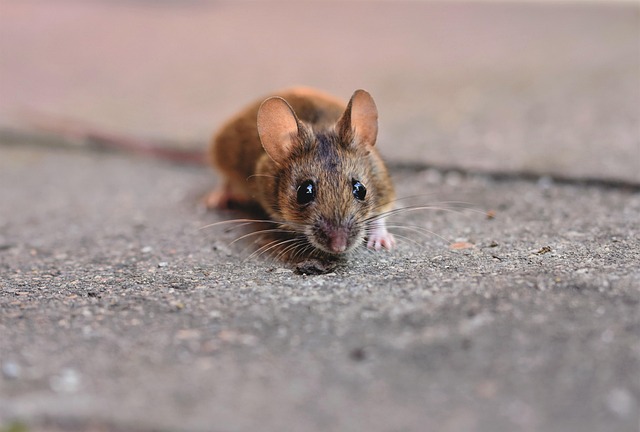
JRT was proven to produce several benefits when tested in animal models. The researchers noted improved symptoms and a boost in brain connections, and it even outperformed ketamine as an antidepressant. The results of these experiments were subsequently published in the Proceedings of the National Academy of Sciences on April 14th. The study noted therapeutic effects for brain atrophy and synaptic loss associated with various neurodegenerative and neuropsychiatric disorders.
Swapping the Tires
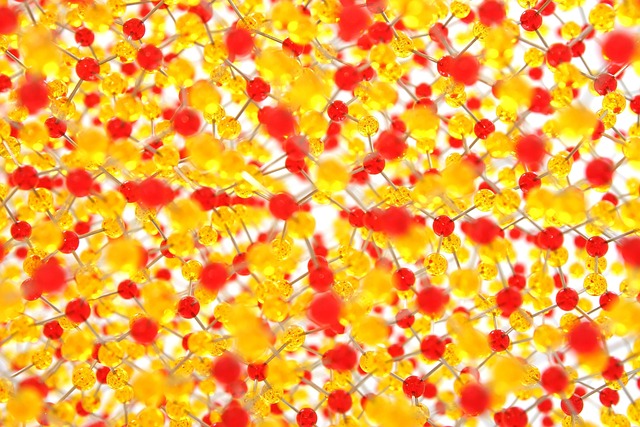
The researchers managed to create the JRT compound by swapping the positions of two atoms in the molecular structure of LSD. This resulted in a compound that had no hallucinogenic effects, yet could repair damaged neural connections and stimulate the growth of brain cells. “Basically, what we did here is a tire rotation,” stated the study’s author, David E. Olson. He further explained that, “By just transposing two atoms in LSD, we significantly improved JRT’s selectivity profile and reduced its hallucinogenic potential.”
Preclinical Trial Success

In mouse trials, the JRT compound was successful in improving the cognitive symptoms associated with schizophrenia, exhibiting significant neuroplastic effects. Most promising of all, it managed to improve symptoms without triggering the gene expression and behaviors typically associated with psychosis. As Olson put it in his own words, “No one really wants to give a hallucinogenic molecule like LSD to a patient with schizophrenia.” Olson is the co-founder of the company that now aims to bring the drug to the market, Delix Therapeutics.
The Starting Point For New Medications
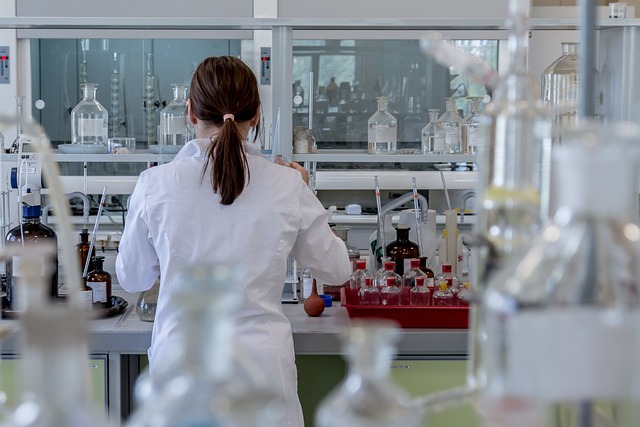
The study has shown how psychedelics such as LSD can potentially be used as a starting point for the development of beneficial medicines. This will enable researchers to produce medicines that can be legally used in populations where the use of psychedelics is illegal and frowned upon by society. It is not necessarily an easy task, though. It took Olson and his team five years to go through the 12-step JRT synthesis process. If you are wondering which chemicals the letters “JRT” stand for, you may be surprised to learn that they don’t represent chemicals at all. In fact, JRT was named after a former graduate who first synthesized the compound, Jeremy R. Tucker.
Read More: Modified Himalayan Fungus Compound Boosts its Anti-Cancer Properties 40x
Key Findings of the Study
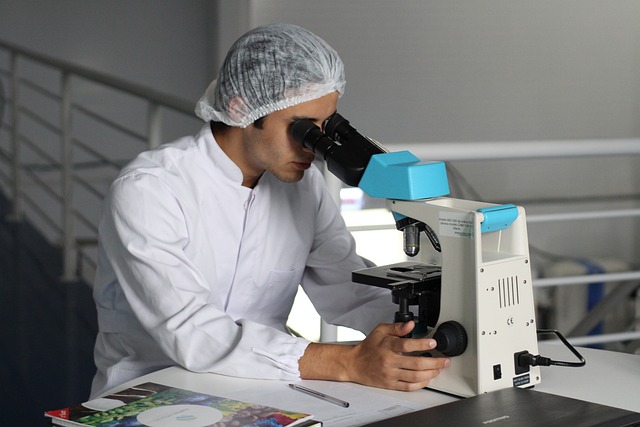
After they had successfully synthesized the compound, the researchers conducted a series of mouse and cellular tests to examine the effects of the drug compared to LSD. They found that while LSD and JRT share the same overall shape and weight, they have very different pharmacological properties. Furthermore, they found that JRT excelled at binding to certain serotonin receptors, such as 5-HT2A. They also noted a 46% increase in dendritic spine density and an 18% increase in prefrontal cortex synapse density. Most importantly, none of the mice exhibited any of the behaviors associated with LSD hallucinations.
Further Findings of the LSD and JRT Study
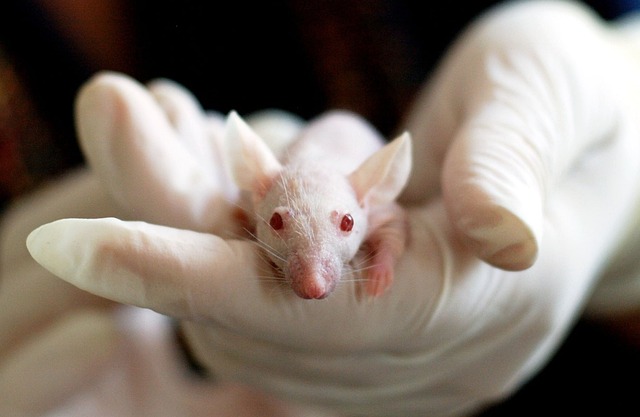
LSD use typically amplifies the gene expression associated with schizophrenia. However, this expression was not observed in the mice given JRT. The compound was also found to have significant anti-depressant effects. In fact, it was found to be 100 times more potent than ketamine. JRT also successfully addressed schizophrenia-associated learning deficits. Taking into account JRT’s significant therapeutic potential, the team is now testing the compound in other disease models.
The Bottom Line on LSD and JRT
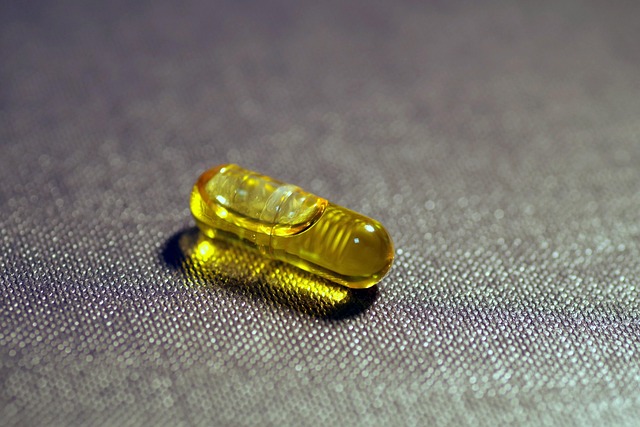
While LSD had previously shown significant therapeutic potential, its negative hallucinogenic side effects made it impractical for many applications. However, this new breakthrough could lead to the production of new compounds that can address the issues without the negative side effects typically associated with LSD. Many of the currently available medications, such as clozapine, cannot treat all the symptoms without presenting unwanted side effects. Therefore, finding a medication that can treat the cognitive symptoms of schizophrenia without side effects would be a massive leap forward.
Read More: That ‘Black Mud’ On Mushrooms Is Not What It Seems
